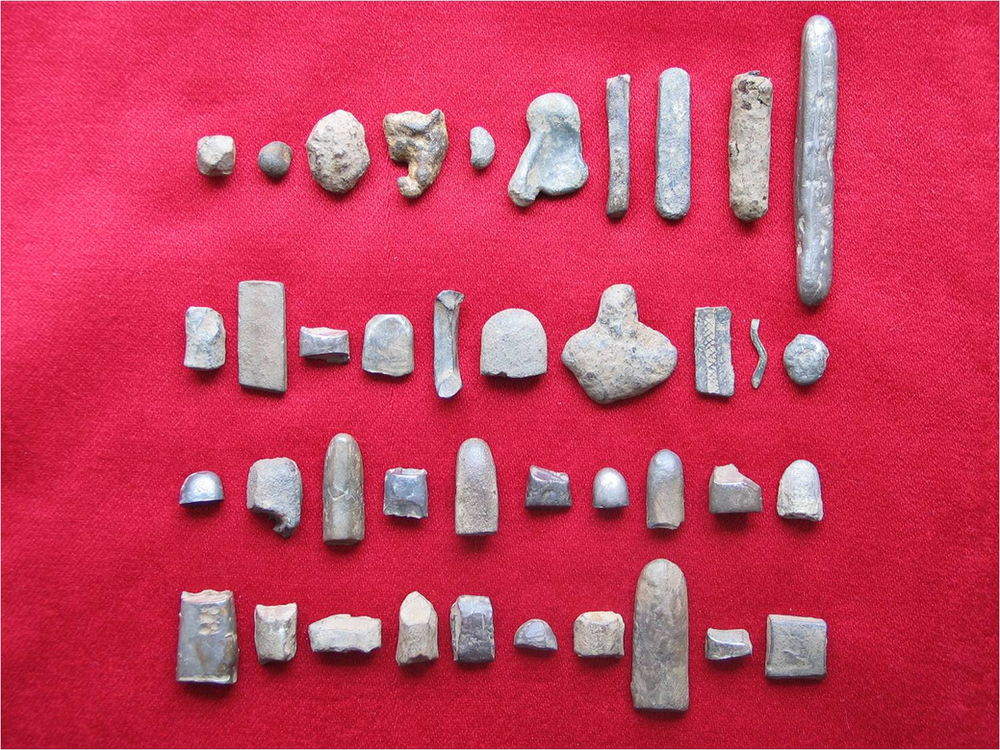
Silver or indeed the thirst for silver was a drive for many actions during the Viking Age. Not only was it the dominant trade currency during the time period, it seemed to also have had a religious quality which can be seen in the overwhelming amount of silver hoards found across Scandinavia and to a lesser extent within the British Isles. It could be perhaps that these were buried to go to the afterlife with the owners (Or the owners were unfortunately killed and neglected to tell anyone about their silver hoards).nMost Christian kingdoms by this time were using a mint economy, what we know as coins ‘minted’ with the face and mark of the ruler who’s kingdom it originated from. However the Viking world used a bullion economy, the only thing that mattered to them was the weight of the precious metal.
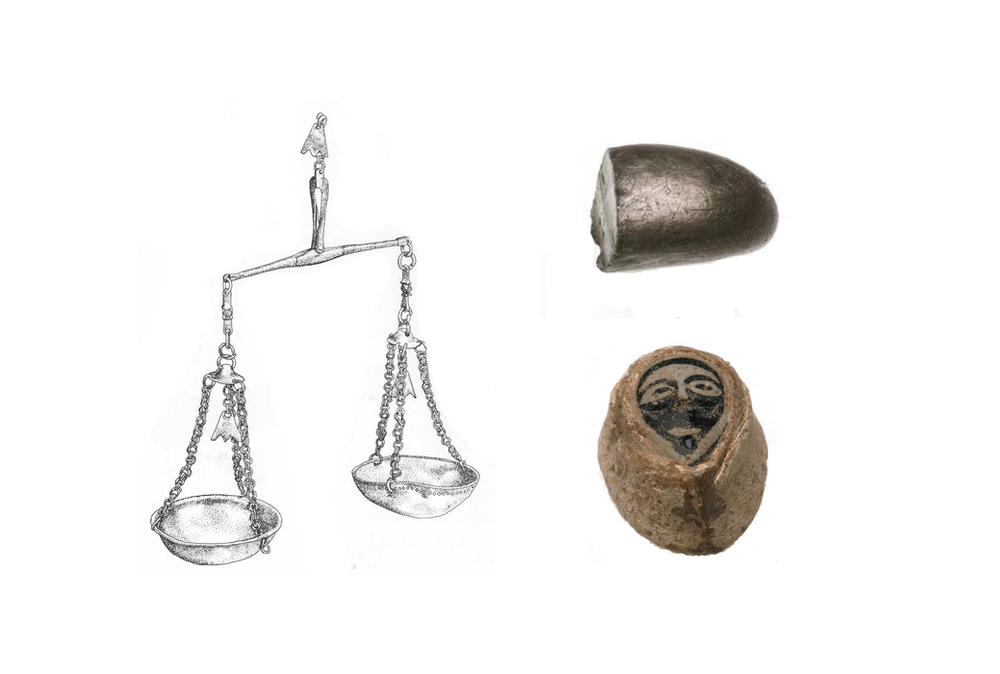
The easiest way to transport and display your wealth when either trading or raiding at this time was to melt silver into ring style bracelets that we know as arm ring silver. According to the Icelandic sagas, Scandinavian rulers and warlords rewarded the loyalty of their men and retainers with silver arm rings and such was the cultural importance of these pieces of jewellery that men were asked to take oaths on their arm rings.
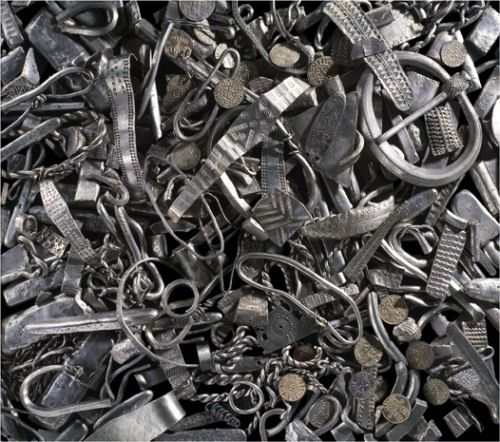
On a more practical level, we know from the archaeology that arm rings were cut up and these pieces weighed in order to pay for goods and services. This was termed as ‘hacksilver’ and formed the bulk of bullion trade. There is many a story of a Viking taking an axe to one of their arm rings for this purpose.n

A particular Hiberno Norse style of arm ring developed around the Irish sea area. This is the type of hacksilver fragment which was found at Woodstown in Waterford. These are relatively thick bracelets, rectangular in cross section with stamped decoration on the outer face. Many silver hoards contain examples of this style.n
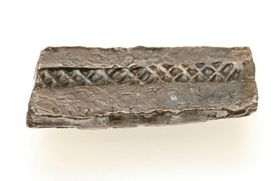
nIt seems that the purity of silver was also something that mattered to the Vikings as Arabic silver coins are found across the Viking world. Arabic silver at this time was generally ‘finer’ at around 95% silver, whereas European silver was closer to 90%. Modern sterling silver is 92.5% silver, with the rest being an alloy, generally copper.n
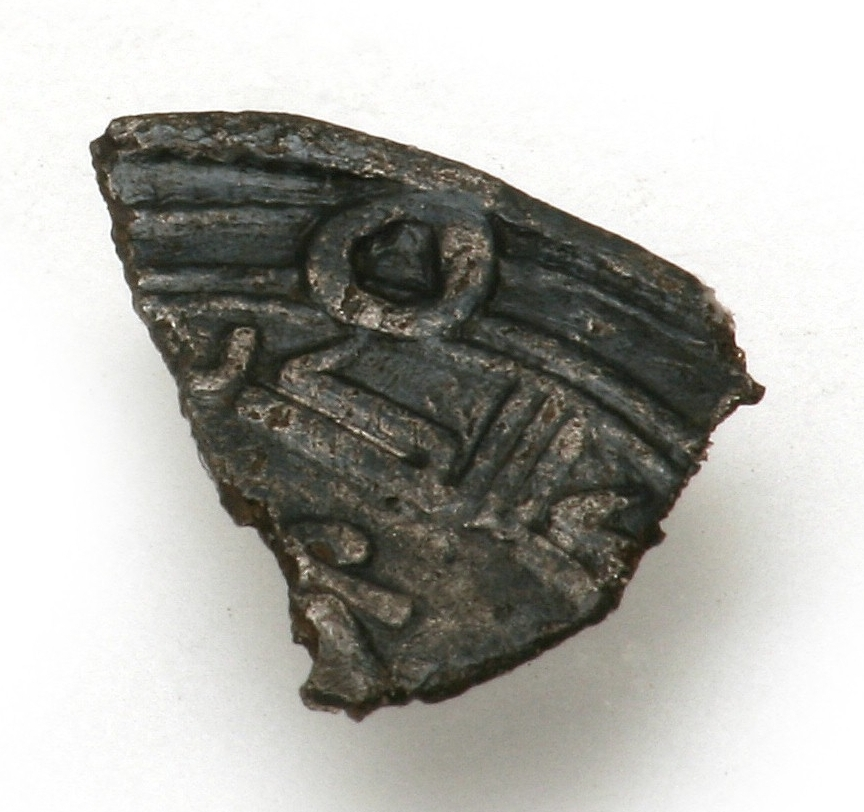
nIn the excavation of the Woodstown settlement, not only was hacksilver found but also materials and tools used for smithing. This is evidence not only of trade and commerce here but also crafting and manufacturing which show that the settlement was not a temporary or stop over base, but an attempt at permanent settlement.n
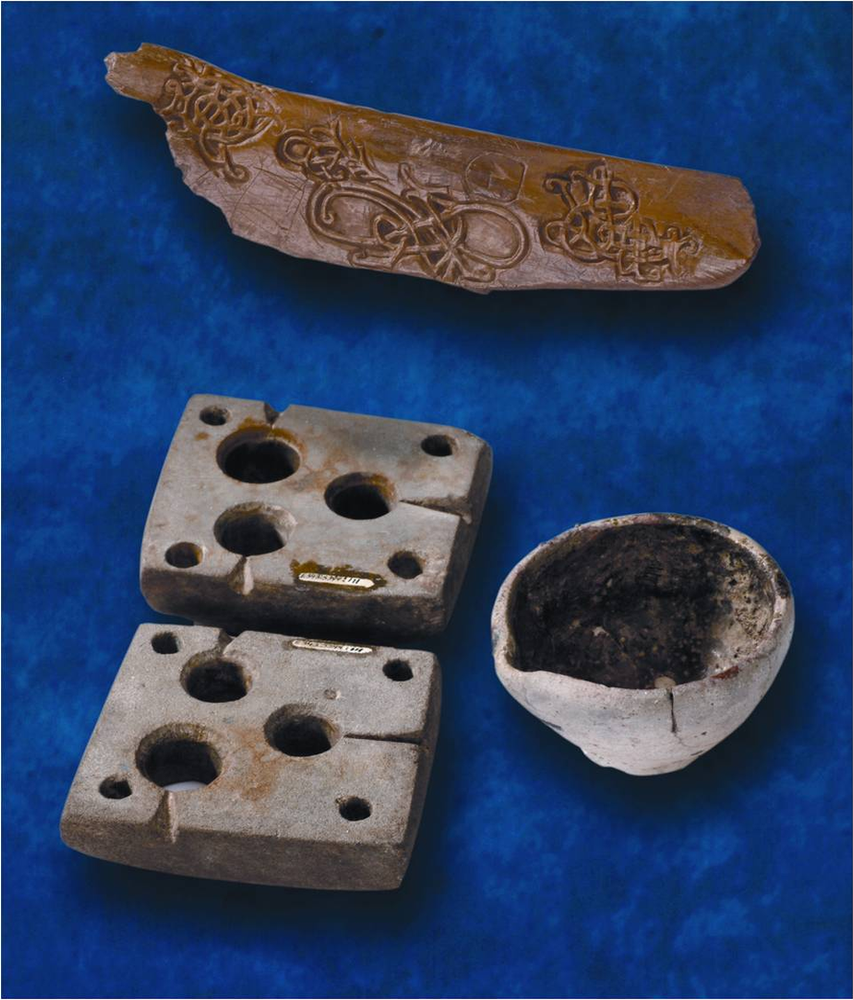
Silver was also used simply for ornamental jewellery as well by the Vikings. Silver Thor’s hammers pop up in the archaeological record here and there before the 10th century but once Christianity began taking off in Scandinavia, there was a significant rise in people wearing a hammer amulet to signify their belief in the Old Gods, as a counterpoint to the Christian cross. One pendant found in Iceland even seems to be a fusion of the hammer and the cross, during this time of religious change.n
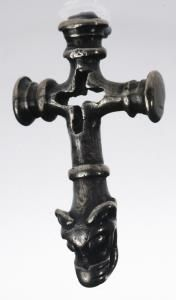
nOf course, one only has to look to Ireland or Iceland where folk belief of fairies or elves is still quite widespread today in the countryside. Indeed, there are tales long past the Viking Age, of Christian Scandinavian sailors, caught in the midst of a seastorm and falling to their knees and praying to Thor for a safe escape.
nMetalworking in gold and silver reached one of its all-time heights in the early Christian period with such masterful creations as the Ardagh Chalice. Following the arrival of the Vikings in the ninth century many of the great treasures of early Christian Ireland were destroyed. Most that survive today did so because monks deliberately concealed them to prevent their loss and these were often only found by accident many centuries later. However, contrary to popular opinion the Vikings were not simply slave traders and looters of gold and silver ornaments. As they settled, intermarried and adopted Christianity, they brought to Ireland new designs and styles which were fused with native Irish metalworking tradition to create the Hiberno-Norse or Irish-Scandinavian style
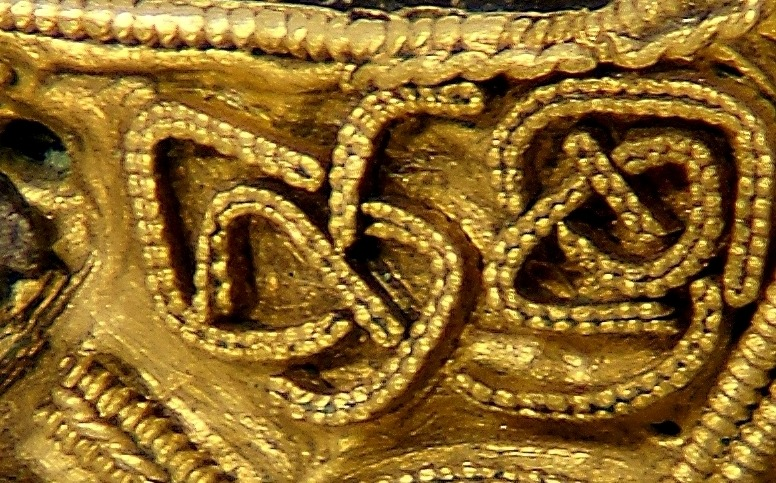
nHere in Waterford we are in possession of one of the finest examples of this Hiberno-Norse craftwork – the Waterford Kite Brooch. Kite-shaped brooches are essentially cloak fasteners with elaborate heads which were worn by high status people. They are thought to be Irish in origin with some foreign influence. Though kite brooches must have been relatively common only thirteen survive in Ireland. Though Irish in type, the decoration shows English, continental European and Scandinavian influences as you would expect in the Hiberno-Norse town of Waterford.

The brooch was made in about 1100 and is one of Ireland’s finest examples of personal jewellery from this period. It would have been used to tie a cloak or a shawl. It is made of silver and decorated with sumptuous gold foil and amethyst-coloured glass studs. It was discovered by archaeologists on the site of the present City Square Shopping Centre where is was initially mistaken for a lump of coal!
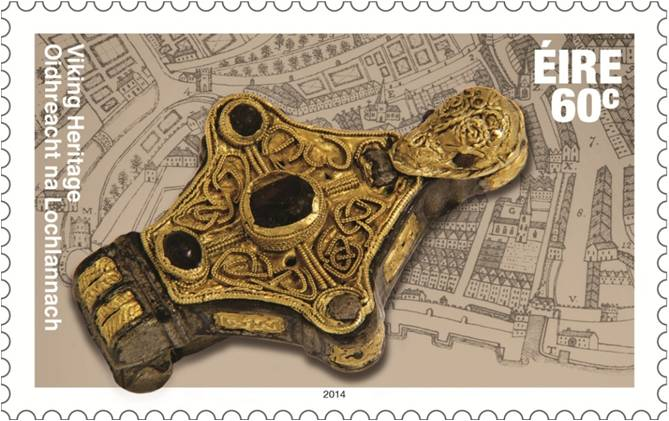
Brooches like these were a status symbol in every sense, and even the length of the pin was important. The pins of the highly elaborate brooches could be very long, showing that the wearer was of high status. The pins often projected beyond the wearer’s shoulder as a sign of status. The lady or gentleman who wore this in late Viking Age Waterford must have been a person of significance.
Learn more about Viking silver culture and its place in Ireland’s long history of craftwork at the Irish Silver Museum at the Deanery, Cathedral Square. You may even see some of these treasures in person!

